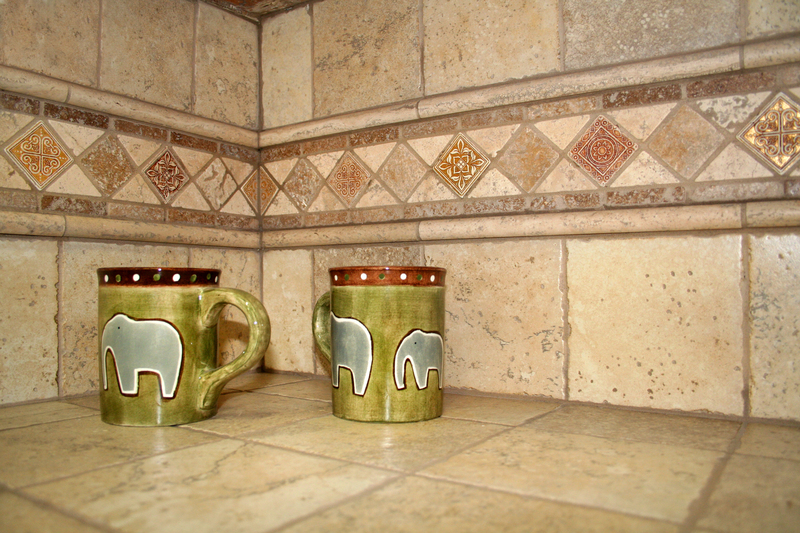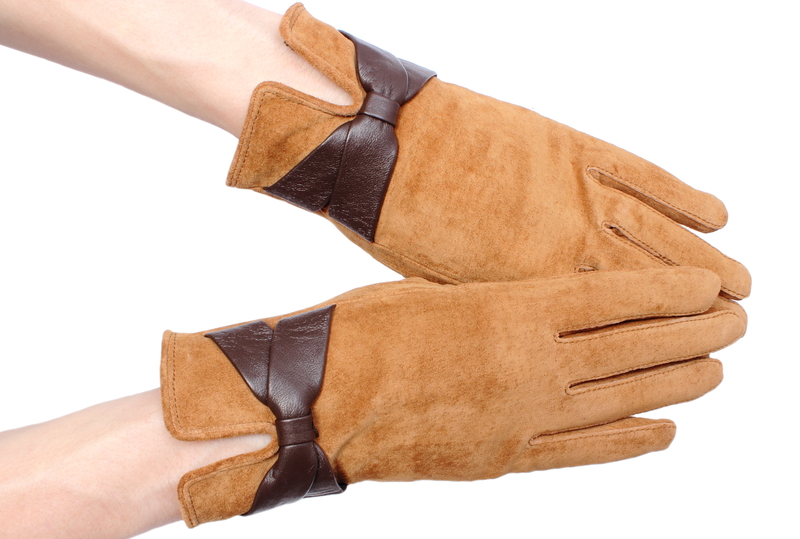Candles can set the perfect ambiance and create a cozy atmosphere in your home. However, the charm can quickly wear off when you find hardened candle wax buildup on various surfaces. Whether it's on furniture, fabrics, or glass, removing wax can seem daunting. Fear not! This comprehensive guide will equip you with the tools and techniques you need for effective candle wax removal.
The Science Behind Candle Wax
Before diving into wax removal methods, understanding the composition of candle wax can be helpful. Most candles are made from paraffin, beeswax, or soy wax. These materials have low melting points, making them relatively easy to soften and remove with simple household techniques.

Effective Methods for Removing Wax from Different Surfaces
Fabric and Upholstery
Candle wax on fabrics can be particularly frustrating but is largely manageable. Here's how you can remove it:
1. Freeze the Wax: Place the fabric in a freezer or use an ice pack to harden the wax.
2. Scrape Off: Gently scrape off the hardened wax with a butter knife.
3. Iron with Absorbent Paper: Place absorbent paper (like a paper towel or brown paper bag) over the wax stain and run a warm iron over it. The heat will melt the wax, which the paper will absorb.
Wood Surfaces
Removing wax from wood requires a bit of finesse to avoid damaging the finish:
1. Harden the Wax: Use an ice pack to harden the wax.
2. Gently Scrape: Scrape off the hard wax with a plastic spatula or an old credit card.
3. Clean the Residue: Dampen a cloth with mineral spirits or a wax removal product and wipe away the remaining residue.
Glass and Metal
For glass and metal surfaces, the process is straightforward:
1. Warm Water Bath: Submerge the object in hot water to soften the wax.
2. Wipe Clean: Use a cloth to wipe away the softened wax.
3. Final Polish: Clean the surface with a vinegar solution for a shining finish.
Carpet
Carpet fibers can trap wax, making removal tricky but possible:
1. Harden the Wax: Place an ice pack on the wax to harden it.
2. Scrape Off: Carefully scrape off the solid wax with a blunt knife.
3. Iron with Absorbent Paper: Place a paper towel over the stain and run a warm iron over it to absorb the remaining wax.
4. Clean Residue: Use a carpet cleaner to get rid of any greasy residue.
Pro Tips for Wax Removal
1. Test First: Always test a small, inconspicuous area first to ensure that the wax removal method won't cause damage.
2. Use Quality Absorbent Paper: Employ high-quality absorbent paper to get better results while using the ironing method.
3. Avoid Harsh Chemicals: Steer clear of harsh chemicals that could damage furniture finishes or fabrics.
4. Be Patient: Some methods may require repetition for complete removal.
Pros and Cons of Different Wax Removal Methods
Ironing with Absorbent Paper
Pros:
- Effective at absorbing melted wax.
- Simple and inexpensive.
Cons:
- Risk of heat damage to sensitive fabrics.
- Multiple repetitions might be needed.
Scraping Off Hardened Wax
Pros:
- Immediately removes bulk wax.
- Minimizes spread.
Cons:
- Potential to scratch surfaces.
- May leave behind a residue that needs further cleaning.
Using Specialized Wax Removers
Pros:
- Specifically designed for wax removal.
- Often quick and effective.
Cons:
- Can be expensive.
- May contain chemicals.
Conclusion
Removing candle wax buildup may seem like a chore, but with the right techniques, it becomes manageable. Whether you're dealing with fabric, wood, glass, or metal, understanding the best methods for each surface can save you time and effort. The key is to act promptly and use appropriate tools without causing damage.

Takeaways
- Be Prepared: Always have essential tools like butter knives, absorbent paper, and ice packs on hand.
- Test in Inconspicuous Areas: Avoid further damage by testing your methods on small areas first.
- Stay Calm: Sometimes, patience is all you need. Resist the urge to speed up the process by using harsh methods.
Direct Answer: Removing Candle Wax Buildup
To remove candle wax buildup, follow these general steps: Harden the wax with ice, scrape off as much as possible, use heat (like a warm iron with absorbent paper) to melt and absorb remaining wax, and clean up any residue with the appropriate cleaner for the surface type. Customize these steps based on the material involved for best results.



